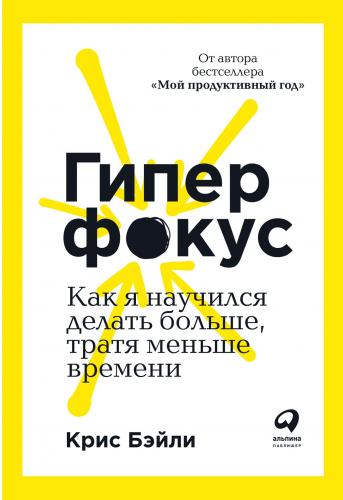* Ferris Jabr, “Does Thinking Really Hard Burn More Calories?” Scientific American, July 2012; Cowan, “Magical Mystery Four.”
Комментарии
1
Gloria Mark et al., “Neurotics Can’t Focus: An in situ Study of Online Multitasking in the Workplace,” in Proceedings of the 2016 CHI Conference on Human Factors in Computing Systems (New York: ACM, 2016), 1739–44, doi:10.1145/2858036.2858202.
2
David Mrazik, “Reconsidering Caffeine: An Awake and Alert New Look at America’s Most Commonly Consumed Drug” (third-year paper, Harvard University, 2004), DASH: Digital Access to Scholarship at Harvard.
3
Wendy Wood, Jeffrey Quinn, and Deborah Kashy, “Habits in Everyday Life: Thought, Emotion, and Action,” Journal of Personality and Social Psychology 83, no. 6 (2002): 1281–97.
4
Timothy Wilson, Strangers to Ourselves: Discovering the Adaptive Unconscious (Cambridge, MA: Belknap Press, 2004).
5
TED, “Mihaly Csikszentmihalyi: Flow, the Secret to Happiness,” YouTube, October 24, 2008, www.youtube.com/watch?v=fXIeFJCqsPs.
6
Nelson Cowan, “The Magical Mystery Four: How Is Working Memory Capacity Limited, and Why?” Current Directions in Psychological Science 19, no. 1 (2010): 51–57; Edward K. Vogel and Steven J. Luck, “The Capacity of Visual Working Memory for Features and Conjunctions,” Nature 390, no. 6657 (1997): 279–81; Nelson Cowan, “The Magical Number 4 in Short-term Memory: A Reconsideration of Mental Storage Capacity,” Behavioral and Brain Sciences 24, no. 1 (2001): 87–114.
7
Giorgio Marchetti, “Attention and Working Memory: Two Basic Mechanisms for Constructing Temporal Experiences,” Frontiers in Psychology 5 (2014): 880.
8
Klaus Oberauer, “Design for a Working Memory,” Psychology of Learning and Motivation 51 (2009): 45–100.
